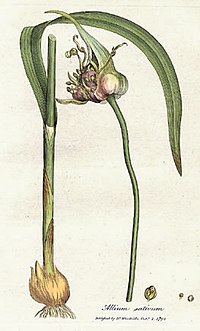
Photo from wikipedia
The microbial gut communities of fish are receiving increased attention for their relevance, among others, in a growing aquaculture industry. The members of these communities are often split into resident… Click to show full abstract
The microbial gut communities of fish are receiving increased attention for their relevance, among others, in a growing aquaculture industry. The members of these communities are often split into resident (long-term colonisers specialised to grow in and adhere to the mucus lining of the gut) and transient (short-term colonisers originated from food items and the surrounding water) microorganisms. Separating these two communities in small fish are impeded by the small size and fragility of the gastrointestinal tract. With the aim of testing whether it is possible to recover two distinct communities in small species of fish using a simple sampling technique, we used 16S amplicon sequencing of paired intestinal wall and digesta samples from three small Cyprinodontiformes fish. We examined the diversity and compositional variation of the two recovered communities, and we used joint species distribution modelling to identify microbes that are most likely to be a part of the resident community. For all three species we found that the diversity of intestinal wall samples was significantly lower compared to digesta samples and that the community composition between sample types was significantly different. Across the three species we found seven unique families of bacteria to be significantly enriched in samples from the intestinal wall, encompassing most of the 89 ASVs enriched in intestinal wall samples. We conclude that it is possible to characterise two different microbial communities and identify potentially resident microbes through separately analysing samples from the intestinal wall and digesta from small species of fish. We encourage researchers to be aware that different sampling procedures for gut microbiome characterization will capture different parts of the microbiome and that this should be taken into consideration when reporting results from such studies on small species of fish.
Journal Title: PeerJ
Year Published: 2022
Link to full text (if available)
Share on Social Media: Sign Up to like & get
recommendations!